At a Glance
In our previous article in the series, we discussed the key challenges in procurement and inventory management as well as the key components for a strategic framework for procurement transformation. This week, we explore the three phases of an implementation roadmap for procurement transformation, and the numerous benefits data-driven procurement can bring organisations.
Shifting from a transactional to a strategic procurement and inventory management model is essential for organisations seeking to unlock efficiency and cost savings. By focusing on master data management, category-based procurement strategies, and warehouse optimisation, businesses can address current challenges and position themselves for sustainable success.
The following 3 phases of implementation for procurement transformation ensure that organisational goals are aligned – creating measurable value, improving compliance, and enhancing overall operational performance.
3 Phases of Implementing Strategic Procurement Transformation
Phase 1: Assessment and Opportunity Identification
The first step involves a comprehensive analysis of current procurement and inventory management practices. This phase aims to uncover inefficiencies, map out existing processes, and identify areas where significant improvements can be made. It is critical to collect and analyse data to understand spending patterns, categorise procurement activities, and evaluate system utilisation. A prioritised strategy is then developed, targeting the most impactful areas for transformation.
Phase 2: Design and Implementation
After identifying the opportunities, organisations need to design robust, optimised procurement processes and governance structures. This phase involves setting up predictive demand forecasting systems, enhancing inventory accuracy measures, and implementing effective supplier management practices. Compliance gaps are addressed, and new workflows are introduced to ensure that procurement aligns with strategic goals. Key stakeholders must be engaged to ensure buy-in and smooth adoption across the organisation.
Phase 3: Rollout and Monitoring
The final phase is a phased rollout of the new processes and systems. Pilot projects are implemented in select regions or categories, providing an opportunity to test, refine, and adapt strategies before broader implementation. Throughout this phase, monitoring and evaluating performance metrics is essential. KPIs should track cost savings, inventory accuracy, and supplier performance, ensuring the transformation delivers tangible benefits. Ongoing adjustments based on feedback will help sustain and scale improvements.
The Expected Benefits of Strategic Procurement Transformation
Cost Savings
Strategic procurement transformations typically yield significant savings, with potential reductions in material spend ranging from 5–10%. These savings are driven by better contract management, volume leveraging, and reduced inefficiencies across the supply chain.
Inventory Efficiency
Organisations can expect to reduce stock discrepancies and material losses while increasing the availability of critical materials. This enables smoother operations and prevents costly disruptions caused by stockouts or overstocking.
Improved Process Compliance
Clear governance frameworks and robust compliance measures strengthen adherence to procurement policies. This minimises non-compliant purchases, reduces risks, and ensures accountability across procurement teams.
Enhanced Supplier and Contract Management
Building strategic partnerships with key suppliers allows organisations to negotiate better pricing and terms. By diversifying the supplier base, risks related to dependency on a few vendors are mitigated, ensuring a more resilient supply chain.
Next Steps
To begin the transformation journey, organisations should start with a detailed assessment of their current procurement and inventory management practices. This foundational analysis will identify inefficiencies, highlight areas with the greatest potential for savings, and provide a roadmap for change.
Following this, a customised implementation plan should be developed. This plan must outline clear milestones, emphasise improving data accuracy, and include strategies for supplier and contract management. Engaging with all relevant stakeholders during this phase ensures that the organisation is aligned and prepared for the transition.
Finally, the rollout of new processes should be gradual, starting with pilot implementations in select areas to test and refine strategies. Continuous monitoring of key metrics and ongoing feedback loops are critical to ensure the initiative achieves its intended goals and delivers sustainable benefits.
About the Author
Paul Archer has over 30 years of experience in driving operational excellence and implementing transformative business strategies. With a career spanning multiple industries, Paul has worked extensively in procurement, inventory management, and organisational optimisation. His hands-on approach and deep expertise enable businesses to unlock efficiency and achieve measurable outcomes. Paul is currently associated with Renoir Consulting, where he continues to deliver high-impact solutions to complex operational challenges.
Connect with us
Let us work with you to achieve exceptional results.










